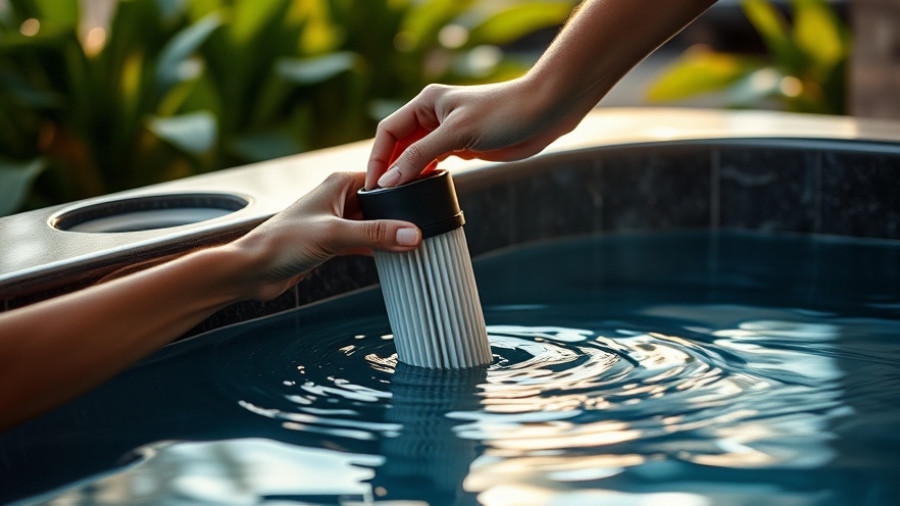
Prevent Frozen Pipes: Essential Tips for California Homeowners
As winter approaches, California homeowners must prepare to battle the risk of frozen pipes—something often overlooked in a state known for its mild climate. Even in regions that don’t experience extreme cold, nighttime temperatures can drop sufficiently to cause pipes to freeze and burst, leading to flooding and costly repairs. Here’s what you need to know to protect your home this winter.
Why Do Pipes Freeze?
Most think that pipes freeze solely due to cold weather; however, other factors contribute significantly. Pipes often freeze when they are exposed to cold temperatures for prolonged periods and particularly when the water inside them is not moving. This is crucial because areas within the home like attics, basements, and garages often have uninsulated pipes that are most vulnerable. Understanding this, we can employ strategies to better protect these lines.
Top Strategies to Prevent Frozen Pipes This Winter
Experts recommend a series of proactive measures designed to shield your pipes from the cold:
- Insulate Exposed Pipes: Focus on pipes located in unheated spaces. Insulation sleeves are ideal, but if you're in a pinch, wrapping pipes with old towels and securing them with duct tape can provide temporary protection.
- Drain Unused Pipes: For those with seasonal homes or irrigation systems, it’s vital to shut off the water supply and drain these lines before winter sets in. Remaining water can freeze and expand, causing pipes to burst.
- Maintain Indoor Heat: Keeping the heat circulating throughout your home can prevent freezing in problem areas, especially in cabinets or near exterior walls. Consider opening cabinet doors during cold snaps to expose plumbing to warmer air.
- Let Faucets Drip: During prolonged cold spells, leaving a small trickle of water flowing can help keep pipes from freezing since moving water is less likely to freeze.
Future Risks and Considerations
With climate unpredictability, maintaining awareness about local weather patterns can be beneficial. Sudden drops in temperature can catch homeowners off guard. Frozen and burst pipes are not just a headache but can lead to significant water damage requiring expensive repairs.
Common Misconceptions About Frozen Pipes
One common myth is that only homes in colder climates need to worry about frozen pipes. Counterintuitively, warmer regions often lack the insulation required to protect pipes adequately. Homeowners often underestimate the risk, believing their locality's climate protects them. In California, we see a variety of microclimates; thus, regional differences should not be ignored.
Take Action: Prepare Your Home for Winter
With the threat of frozen pipes looming in winter, it is vital to act now. Implementing preventive measures can save you from significant water damage and costly repairs in the future. Ensure you inspect your pipes well before the cold sets in, stay informed on your local weather conditions, and seek professional assistance if necessary.
Remember, peace of mind is just a few preventive steps away. Don't wait until winter arrives; take action now to protect your home from winter’s chill!
 Add Row
Add Row  Add
Add 




Write A Comment